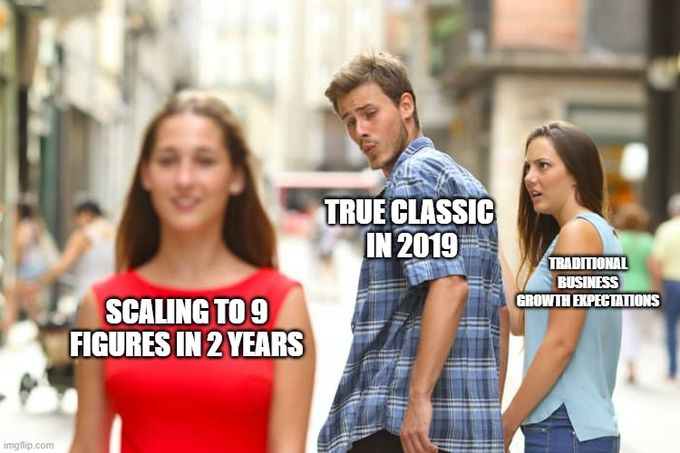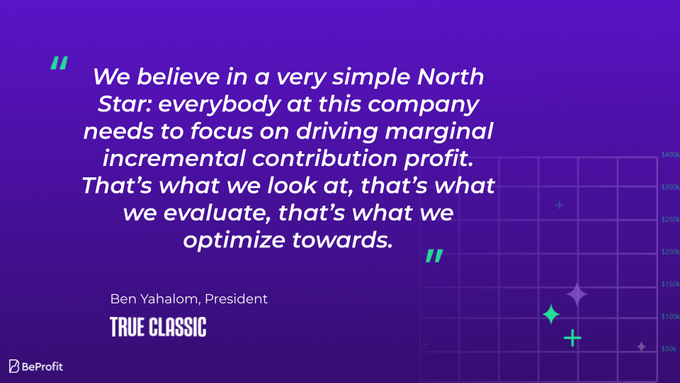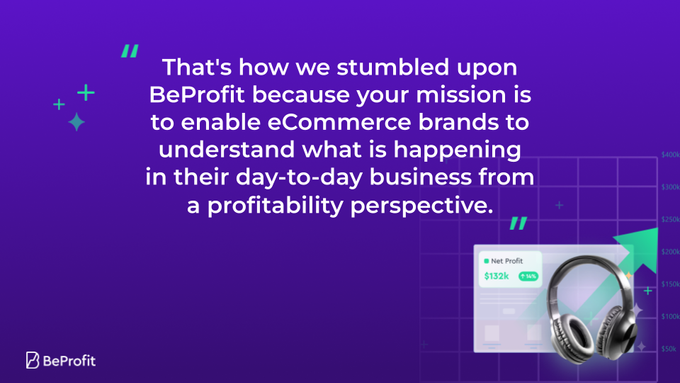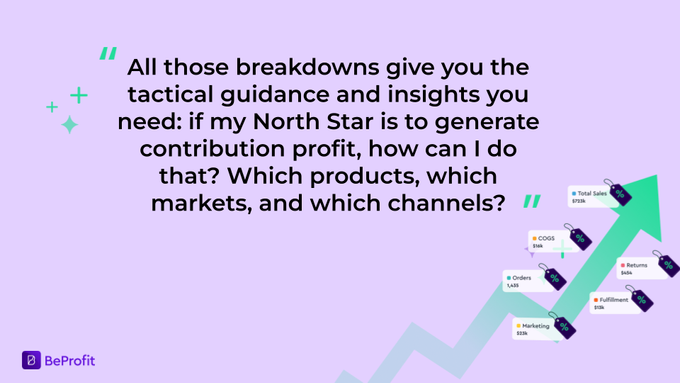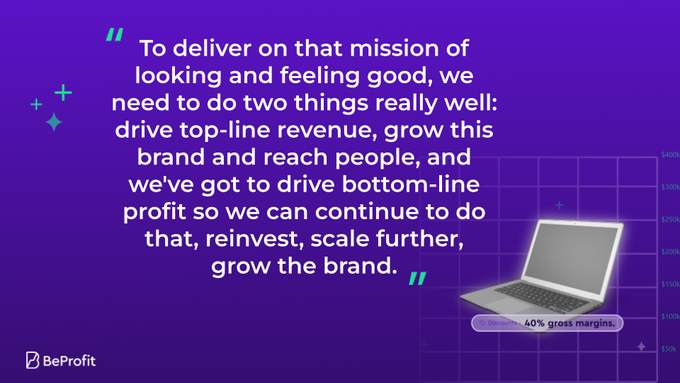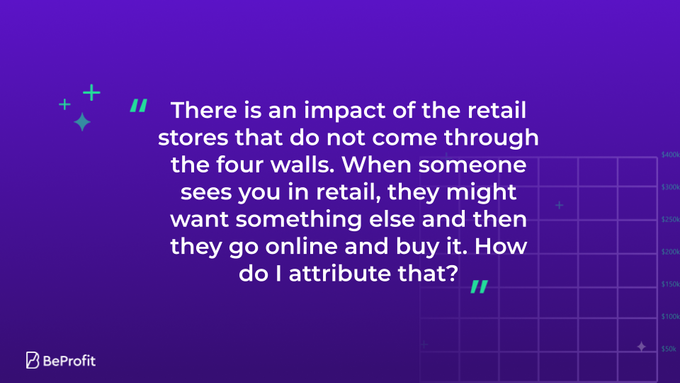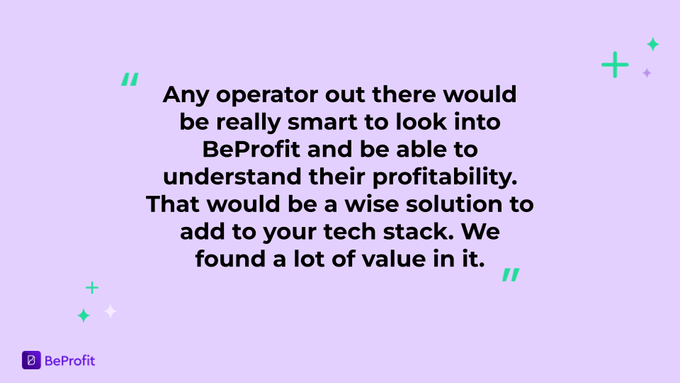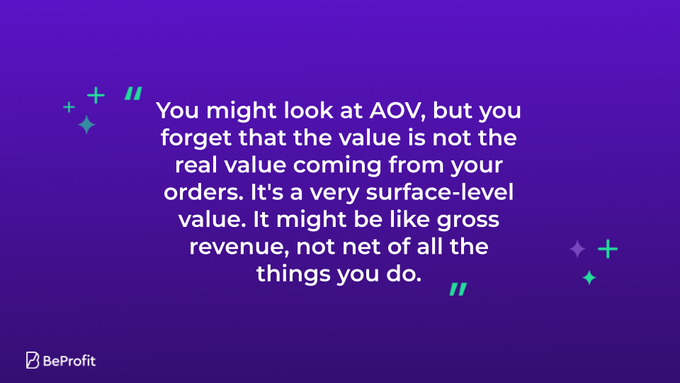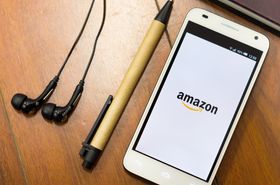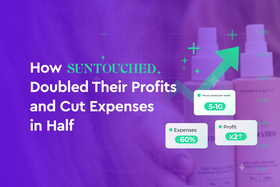Q&A with Ben Yahalom: Profit Tracking, and E-commerce Profitable Growth
Updated March 7, 2024
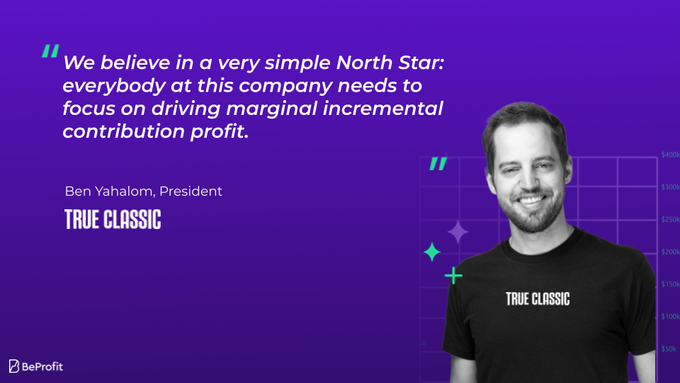
We sat down with Ben Yahalom, the President at True Classic, a guy who knows a thing or two about growing an eCommerce business into an empire while doing it profitably. He shares his North Star metrics, some wise advice about achieving profitability, and the True Classic way. Here’s his philosophy, enjoy!
Q: We’ve been working together for several months now. Can you share something about True Classic that might surprise us?
Ben: “One fun fact about us is that we bootstrapped this brand in 2019 and were able to scale profitably in two short years north of nine figures.”
Q: Wow, That’s amazing. Can you share what’s your core philosophy when it comes to eCommerce tracking? Ben: “We believe in a very simple North Star, which is everybody at this company needs to focus on driving marginal incremental contribution profit. That's what we look at, that's what we evaluate, that's what we optimize towards."
"It starts with actually understanding what is your contribution profit. Most analytics platforms on eCommerce don't go much deeper than revenue.
A lot of people are stuck looking at ROAS or AOV, even though the value might be inflated revenue. They may forget to take out taxes, duties, expected returns, or exchanges. You really want to take out all of those items: payment processing fees, product COGS, shipping costs, pick and pack when it comes to fulfillment, and find a really great platform to enable that.
That's actually how we stumbled upon BeProfit because that's your mission to enable eCommerce brands to understand what is happening in their day-to-day business from a profitability perspective.
That's our North Star. It's not easy to always have it, but once you do, you can operate with clarity and you can ensure that you are driving what matters at the end of the day, which is your bottom line.”
Q: How has BeProfit helped True Classic in your day-to-day operations?
Ben: “So, we are big advertisers. One of the secret sauces of how we were able to scale so quickly, is knowing how much and where to spend.
If you think about the business we run, we started in the US and now are available in 190 markets worldwide. When you think about contribution profit in that context, looking at the overall business might be too high of a view where you might be more interested to see if are there any particular countries that are more profitable than others.
So being able to see the breakdown allows you to say ‘Maybe we should ramp up in Germany and pull back in Australia’, or ‘Maybe we should ramp up in Israel or Mexico because it's more profitable.’
Similarly to customers, if you just look at them as a whole, it's harder to make sense of what is happening on the acquisition first orders front and what's happening from that point on from a retention LTV cohorts front.
Being able to look at those angles allows you to understand how much should you spend on customer acquisition. How far are you from breaking even on that first order?
If you're not breaking even, how soon do you expect to be able to be paid back so you can continue to grow from there?
Another example is the product analytics. Everybody has large catalogs. Are you really clear on which products are turning around profit for you? And if not, you might not be putting the right focus on which products to advertise, which products to feature on your collection pages, and which products to put on your email and SMS.
All those breakdowns are giving you the tactical guidance and insights you need to understand, if my North Star is to generate contribution profit, how can I do that? Which products, which markets, and which channels? That's how we operate here day to day.”
Q: How do you approach democratizing profit data within your team? Ben: “When we thought about the culture at True Classic, the top value that we coined was "move the needle." This is a company that cares about making an impact. The needle for us, if you think about the purpose of the brand, is to make everybody look good and feel good.
To be able to do that, we have to first make sure that we're serving those customers as being reflected by revenue. When you sell, what does that mean?
It means that you were able to deliver that value to someone who found it and is a happy customer, and then be able to sustain that and continue to grow, which is the profit line.
So for us to deliver on that mission of looking good and feeling good, we need to do two things really well: we've got to drive top-line revenue and grow this brand and reach people, and we've got to drive bottom-line profit so we can continue to do that, reinvest, scale further, grow the brand. Those are the needles.
To deliver on that, people at this company need to understand what are their individual needles, what is expected from them, and what the impact looks like.
We've never shied away from being insanely transparent about everything that we do internally and externally. What it really does is allow people to focus on what matters. In my opinion, to make an impact is a function of two things, which is focus and force.
And if you allow people to focus on the things that matter because they have an understanding. If I just told you, ‘Hey, drive contribution profit or drive EBITDA every day’, but you don't know what it is or where to find it or how you can impact that, then it doesn't matter that I'm telling you all day long to focus on that. You're not equipped to be able to do that.
But if I did, that helped you put the focus. That's the scorecard. And then you put the force.
The mantra here at True Classic is that we are relentless about being better tomorrow than we are today, as simple as it sounds.
The analytical financial view allows us to put the focus and energy where it needs to go to drive the results we care about and move the needle.”
Q: What metrics do you focus on across different sales channels?
Ben: “If you think about the way we compare apples to apples across channels, we're trying to account for all the variable costs as accurately as possible. And contribution profit is a really good line on the P&L.
We're also talking about another line on the P&L, call it operating profit. Some people use operating profit interchangeably with EBITDA. But what I'm calling for operating profit is to be contribution profit net of any variable OPEX that is incurred because we're doing a channel.
A perfect example of that might be retail.
If I'm trying to think about how profitable we are in retail, contribution profit might not be exactly the line because those other costs are the equivalent of what might be media spend on V2C.
We're trying to create this bottom line by channel view of what comes at the top when it comes to net revenue. It could be contribution profit, it could be that operating profit.
We're trying not to get bogged down by other fixed costs, for example, the rent in this office. I don't wanna pollute fixed costs into the kind of like equation of how different channels perform for us as a brand.
What we're trying to do every day is take a very objective approach to which channels look most promising. The challenging act there too is in how to properly allocate costs across channels.
If we think about media spend, which is a really big line on our P&L, we spend tens of millions of dollars in advertising, a fallacy might be to say, ‘All your media spend should be tied to your direct-to-consumer channel.’ Why? Because you are linking to that channel.
But the reality is when we spend more on advertising directing to DTC, we also see that we are selling more on Amazon or we're selling more in our stores. We are trying to take a more sophisticated approach, trying to understand that cause and effect. And which variable costs should impact which P&L, which goes deeper into attribution allocation.
There are a few challenges as you're trying to go a little bit lower on there. But then even if you know a level above the contribution profit let's just say gross profit.
That's a little bit easier to understand because you're saying ‘I'm generating orders let me just take out all the obvious costs that I can associate with each whether it's the product cogs or the payment processing fees, that is a line that I think is apples to apples.’
As you go a little bit lower, it starts getting more involved and you just want to make sure that you're not making the wrong decisions on how profitable a channel is.
As another quick example with retail, there is an impact of the retail stores that do not come through the four walls. When someone sees you in retail, they might want something else and then they go online and buy it. How do I attribute that?
It won't be fair to judge the channel just based on what is happening in the stores, I have to think about it more holistically from an omnichannel perspective and try to make some good judgment on how profitable retail is for us and what's the ultimate impact.”
Q: Can you share how you’ve built your tech stack to support True Classic’s growth?
Ben: “We've built this soundbite of we were able to bootstrap a brand going into a commoditized space with no X factor, no celebrity, no bunch of VC money to burn, no some crazy edge from the product perspective and grow it past $100 million in two years profitably.
That has not been done by many brands, maybe any brand in this space.
And if you think about it, we have done that with such a small team, less than 50.
How do you go about that?
And what does that look like?
That means that you find partners who are scrappy, who have identified a big pain point in eCommerce, have a good solution, who move really fast, who are open for feedback, who serve as an extension of your team, and who are interested in essentially creating this mutually beneficial partnership where the partner invests in our growth as a brand and in return, we invest in this partner's growth as the brand.
So what that looks like in practicality and what I'm looking for from the partner's perspective, I want to know who is that founder and I want to talk to them and I want to really understand their founding story and their DNA.
We don't do well with tech dinosaurs that are super slow, not really innovative, not really looking to move. I want to know that we have on a day-to-day basis their +A team.
We want openness to our feedback and needs. If we share with you thoughtful requests and we're not ridiculous, you would take that to heart and you would really help us prioritize your roadmap around our business needs and we kind of are building this together.
We want speed and execution. We don't want to hear, ‘This is on the roadmap for Q3 of 2027’.
That is not True Classic speed. We want to hear, ‘We got you, we're going to deliver on that next week.’ And that's a lot of the DNA that we're looking for.
Then from our side, what we do is we find the best partners we can and we try to help them as much as we can with thoughtful feedback and thoughtful recommendations and a great partnership and giving people the shout-outs that they deserve because you're helping us on this journey and the world needs to know.
And that's why I love doing things like that because for any operator out there, frankly, and transparently, and I have no skin in this game, they would be really smart to look into BeProfit and be able to start understanding their profitability if they don't have another tool doing so.
And that would be just a wise solution to add to your tech stack. We found a lot of value in it.”
Q: Lastly, how has BeProfit changed the game for True Classic?
Ben: “If you look at Shopify, Shopify provides a lot of different metrics, but are not necessarily the most accurate. And I think that's what a lot of people struggle with.
You might look at AOV, but again, you forget that the value is not the real value coming from your orders. It's a very surface-level value. It might be like gross revenue, not net of all the things you do.
You might need to account for returns separately.
Because Shopify will ding the day the returns are being processed versus the day that the orders were processed.
And that can really mess up your read, especially if you think about, let's say, January, and you now get a lot of returns from the peak in Q4, and that might make your numbers look really bad, but in reality, you might be generating perfectly fine orders. You just need to account for things in the right time frame.
What it allows us to do is just get visibility to order-level profitability, and in some cases down to product-level profitability. That granularity is super, super important.
And once you have that level of visibility and accuracy, it really empowers everybody to operate with clarity.
BI and data are complicated things. A lot of people have data, but in reality, that data is poorly structured and inaccurate, and it can lead you down the wrong path.
Is it perfect? It's never going to be perfect, but it's definitely the closest we've ever had it, and we continue to refine that. And with that, the confidence that we can operate strategically in the right direction because we are consuming the right information to inform those decisions.”



